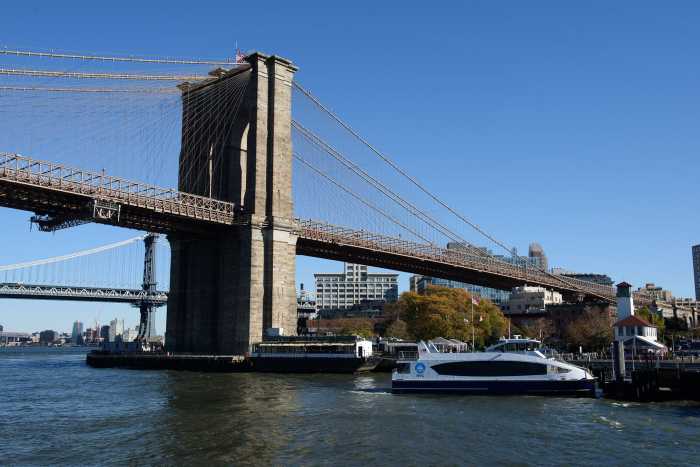A little “stimulation” might go a long way to save Jamaica Bay’s disappearing marshlands, a federal lawmaker said last week.
Federal stimulus money should be used to upgrade the treatment technology in four sewage plants surrounding the bay, according to Rep. Anthony Weiner, who announced a four−pronged attack he thinks can save the bay.
The sewage plants dump nitrogen in the bay, an element seen to hasten its marshland degradation. Jamaica Bay’s 26,645 acres of marshes serve as buffers, mitigating waves, wind, and floods and reducing damages to the surrounding residents. Weiner is hoping to reduce nitrogen levels in the bay by 60 percent in the next 10 years, with a 20 percent reduction in the next three years.
To do that, his plan seeks to allocate $9 million to provide engineers with resources to build up 60 acres of marsh with 250,000 cubic yards of sand on Yellow Bar Hassock, located at the center of the bay, and study restoration options for other sites around the bay and build up 34 acres of marsh with 200,000 cubic yards of sand on Elders Point West, at the north center of Jamaica Bay. Both initiatives are on tap for 2010.
The lawmaker said he hopeful the worst days are behind the bay. “These marshlands are the very foundation of this ecosystem. They are havens for insects, attract clams and support fish and birds. For years, concerned residents and environmentalists have warned us that they are disappearing. We can say now that the marshlands are coming back.”
But by 2012, the bay’s saltwater marsh islands could disappear, according to a study prepared by the Jamaica Bay Watershed Protection Plan Advisory Committee and the National Park Service’s Gateway National Recreation Area, which includes Jamaica Bay.
No single cause has yet been identified for the loss, but a chief cause is thought to be the high concentration of nitrogen in the water, which has been attributed to the cleaned wastewater deposited in the bay by four nearby wastewater treatment plants. While marsh plants require nitrogen to thrive, too much can kill them, experts note. At higher levels, the nitrogen affects the sulfide level in the roots of the plant, killing them, and producing a black goo known unscientifically as “black mayonnaise.”
The study showed that from 1951 to 2003, the marshlands have decreased by two thirds.
To battle the erosion, Weiner helped fund a $16 million Army Corp of Engineers project in 2006 to rebuild Elders Point East. As part of that project, engineers rebuilt 48 acres of marshland including adding more than 240,000 cubic yards of beach and transplanting more than 750,000 native marsh plants including saltwater cordgrass, salt meadow grass, salt grass, and rush, into the depleted area. The initiative is now considered a major success with recovery efforts finally outpacing marsh erosion for the first time by 15 acres, Weiner said. His plan doubles the number of saltwater cordgrass and salt marsh plant hammocks replanted in the upcoming Elders Point West and Yellow Bar Hammock projects.
The 39−square−mile bay is a unit of the National Park Service and borders Brooklyn, Queens and Nassau County. Its watershed includes approximately 142 square miles of meadowland, marshes, dunes and forests and open water. The diverse habitats support 91 species of fish and 325 species of birds, reptiles, amphibians and small mammals.






















